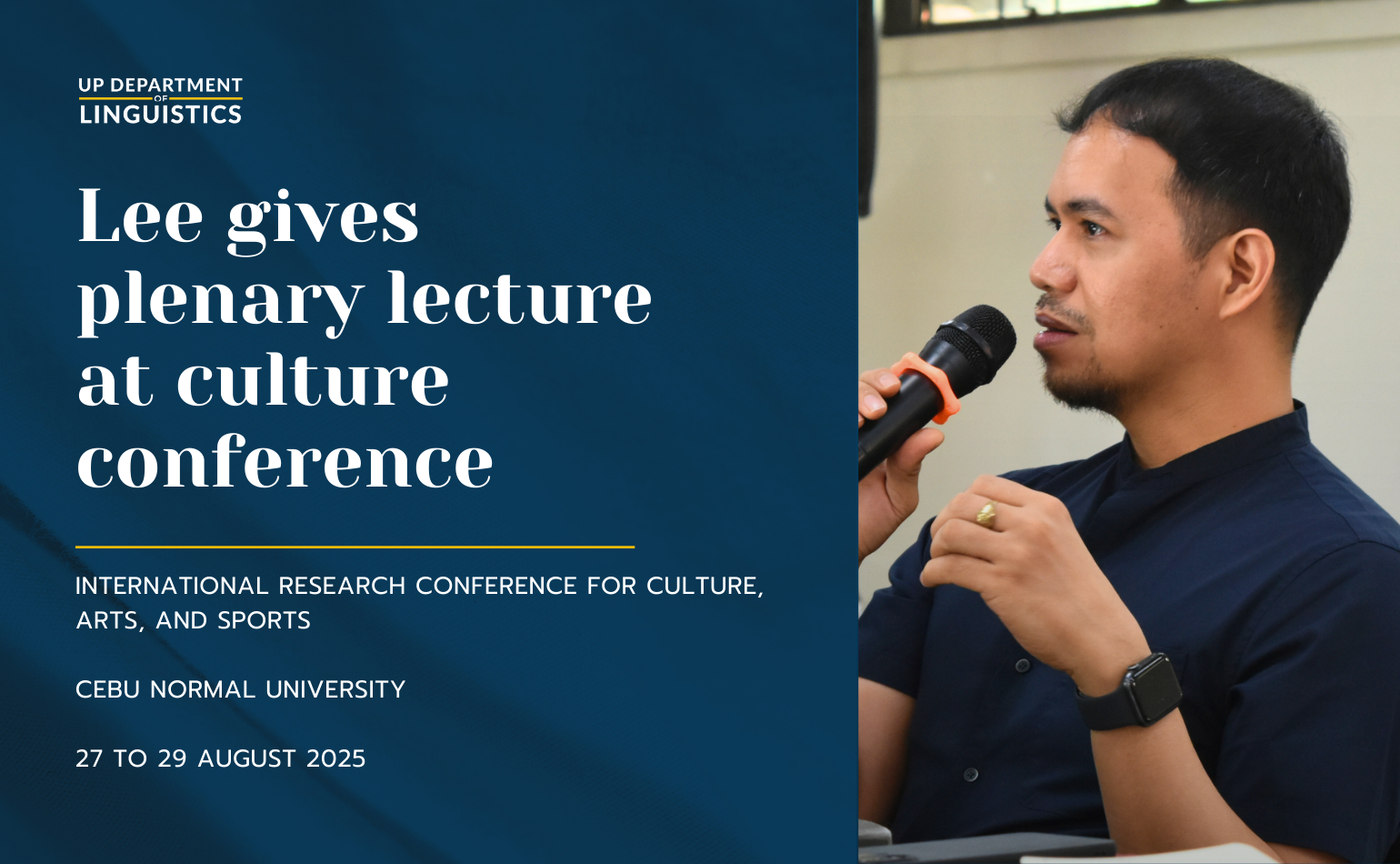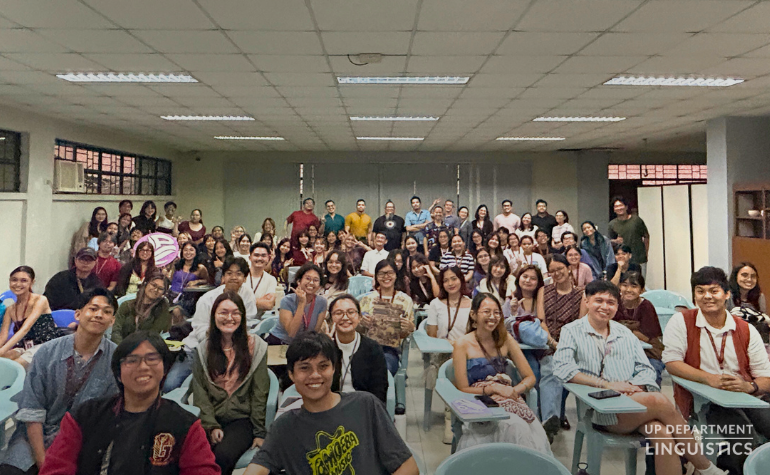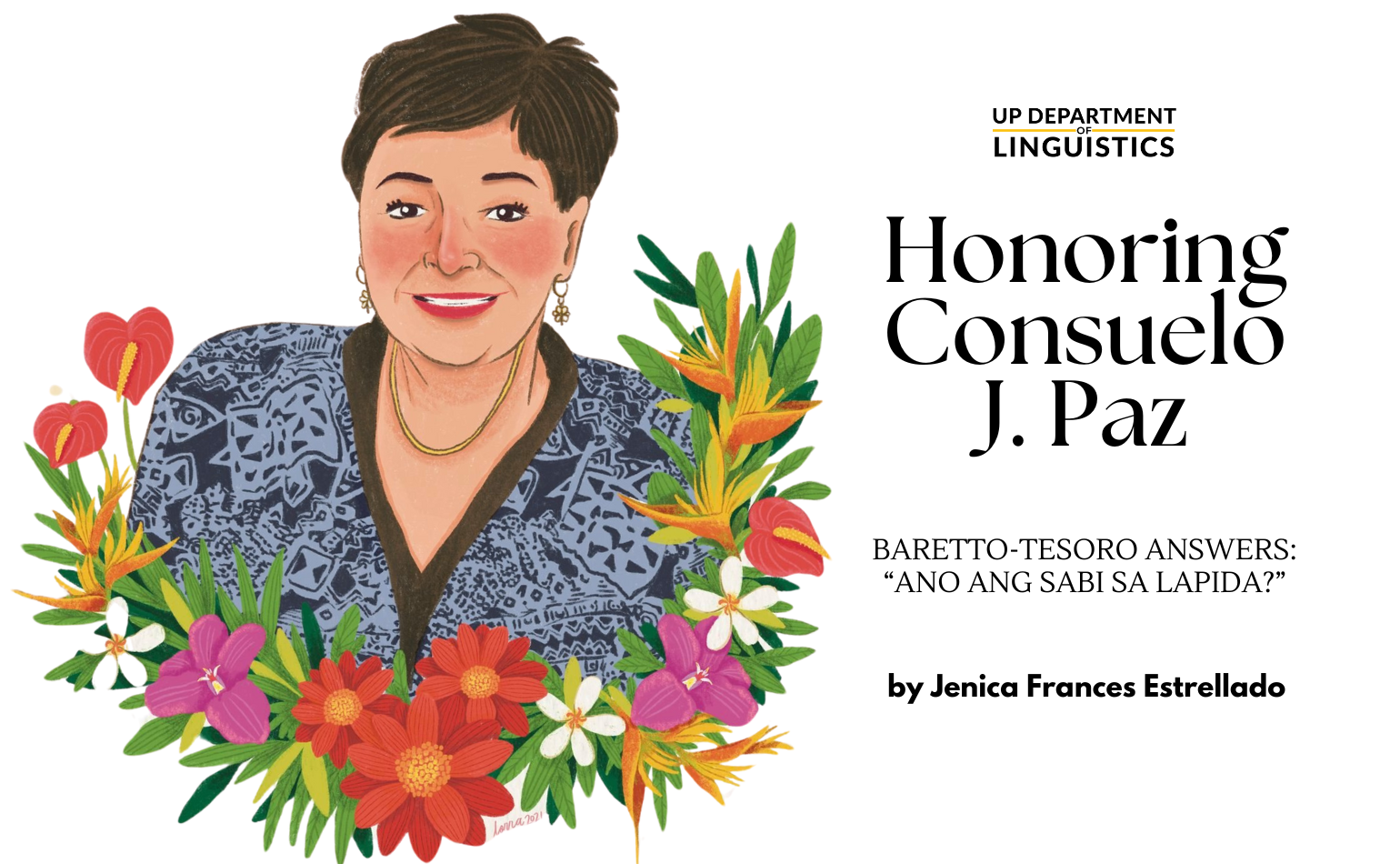
In honor of the contributions of Consuelo J. Paz, the “Grand Dame of Philippine Linguistics,” the Department conducts the biennial Consuelo J. Paz lectures and invites distinguished scholars to share their work in the field of historical linguistics, sociolinguistics, and cultural studies. Paz’s notable works are fundamental references for linguists and scholars, gaining recognition in local and international linguistic journals. Paz is an instrumental figure in the academe– a legacy in Philippine linguistics.
In this year’s lecture, Professor Grace Barretto-Tesoro of the UP School of Archaeology was invited to conduct her lecture entitled, “Ano ang sabi sa lapida? Isang pag-aaral ng mga lapida sa Tagalog Region noong 1860 hanggang 1950,” last 26 March 2025 at Pilar Herrera Hall. She explored grave markers within the Tagalog Region churches established during the Spanish colonial period through her work. The ongoing study focuses on the inscriptions and designs and how these relate to themes of death, culture, beliefs of peace, and solace after death. The study shows how the engraved words in the grave markers reflect the social status and identity of the deceased; moreover, the lecture also emphasizes how Filipinos reclaim spaces within colonial institutions. The study investigates 777 grave markers from 142 churches in Southern Luzon, revealing insights into the values and attitudes of Filipinos toward death in the 19th and early 20th centuries.

Beliefs about death and the afterlife
Barretto-Tesoro highlighted in the lecture how the Filipinos adapted to colonial burial practices while retaining indigenous beliefs on death and the afterlife. For example, burial materials and inscriptions have been changed. Still, the core belief that there is ‘life’ after death remains consistent across some cultures. Personal and communal memory is also important in Filipino society, including age, gender, and social positions as part of gravestone inscriptions– highlighting identity and remembrance. The common phrase engraved on some gravestones, “Tinawag sa sinapupunan ni Bathala,” reflects indigenous influences intertwined with Christian beliefs. Clearly, despite the changes brought by the Spanish colonization, indigenous mortuary beliefs persist along with colonial influences in funeral practices, showing the complexity of the relationship between pre-colonial and colonial practices on Filipino death rituals.
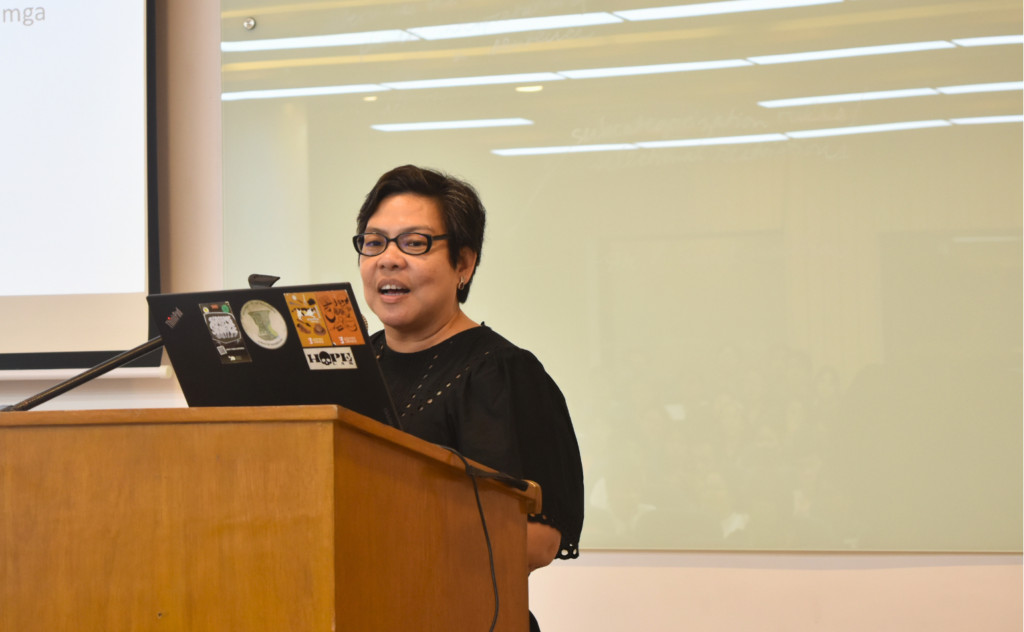
Social status and identity
Lapida is not just a marker of death but also symbols that reflect social identities, status, and beliefs of the deceased and their families. The specific inscriptions, epitaphs, designs, material, size, location, burial practices, and other linguistic and cultural markers indicate the deceased’s life and their place in society when they were alive. The significance that Filipinos put on familial relations is also reflected on grave markers, showing family clustering, which indicates close family ties among the deceased and the remaining family members, who always try to make sure that their deceased family members are remembered and taken care of even in the afterlife. Barretto-Tesoro reiterates the cultural and historical significance of grave markers in archeology. Barretto-Tesoro’s ongoing study contributes to understanding colonial and indigenous beliefs in shaping Filipino identity, especially in the context of death and remembrance.
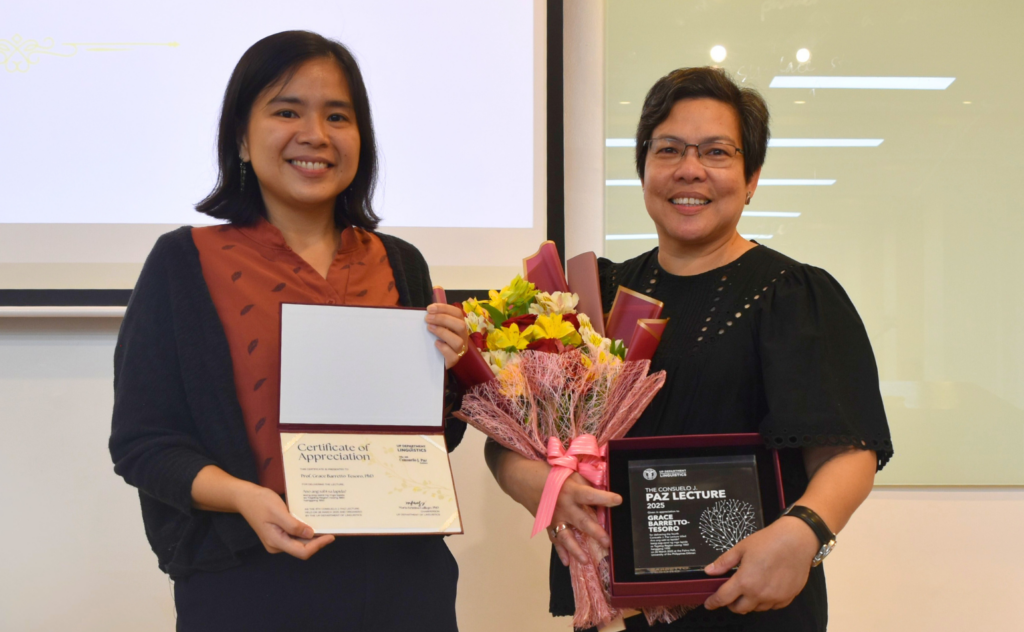
The discussion during the Q&A revolved around the words and motifs inscribed on the gravestones, and whether they reflect the engravers’ choices or the wishes of the deceased’s family. It shows that each element of the deceased’s grave marker carries its own significance. Barretto-Tesoro also emphasized the socio-economic status of the deceased, as they were embedded in the material culture of the gravestone, while the motifs and the design also give subtle clues on gender and age.
Additionally, protecting these historical grave markers is often overlooked in some places as renovations are done, disregarding historical preservation. Preserving gravestones within churches and historical sites is also a significant issue in cultural heritage conservation. While much is still uncertain, Barretto-Tesoro calls on researchers to carry out studies that will shape policies for the protection of these memory markers.

Published by Jenica Frances D. Estrellado

